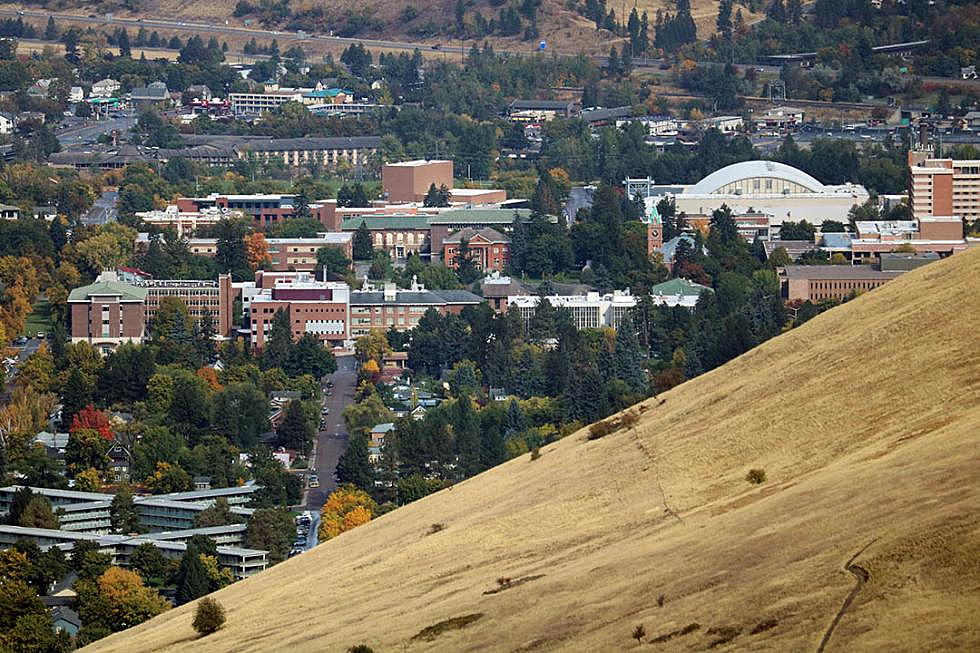
Middle class vs. upper class: Montana’s income disparity the nation’s largest
Montana’s middle class suffered the nation’s largest decrease in its share of the state’s overall household income in the decade from 2007 to 2016, a new analysis shows.
“The income generated by the middle fifth of households in Montana fell from 15.5 percent of all income in 2007 – one of the larger shares in the country – to just 14.5 percent in 2016, now one of the smaller shares and the largest decline of any state,” according to the report from 24/7 Wall Street, an arm of USA Today.
Meanwhile, Montana’s upper class made significant gains in household income.
“Like the nation as a whole, the shrinking of the middle class is likely due to the rapid income growth among the upper class,” the report said. “The median income of the top fifth of households (in Montana) rose by 29.6 percent from 2007 to 2016, nearly twice the 15.2 percent income growth experienced by the middle class – nearly the largest differential of any state.”
Besides the obvious and increasing income disparities, the gap between Montana’s middle and upper class manifests itself in other, onerous ways.
Look at the increasing cost of real estate across the state, the study’s authors wrote. That’s a sign of increasing income disparity, and makes housing less and less affordable not only for lower-income Montanans but for an ever-larger group of middle-income earners.
“The cost of the typical home in Montana rose 27.8 percent over the past decade, the sixth most of any state,” the analysis showed. “The share of households earning between $35,000 and $75,000 a year that spend more than 30 percent of their income on housing costs rose from 17.0 percent in 2007 to 21.9 percent in 2016 — the fourth largest increase in the country.”
In Missoula alone, that inability to afford housing has sparked a 10 Year Plan to End Homelessness, several affordable housing efforts, a new city housing office and this month’s effort to find rental houses for 40 homeless families.
And none of those efforts are specifically aimed at middle-income residents.
Other Montana cities have similar problems, and efforts to encourage affordable housing.
Meanwhile, low-income Montanans' straits are even more dire than in 2007, according to the report.
The household income of Montana’s lower class accounted for 3.8 percent of the state’s total household income in 2007. That figure fell to 3.6 percent by 2016.
24/7 Wall Street emphasized that by several measures the U.S. economy is booming – with unemployment at a near 20-year low and median household income $7,500 higher than it was six years ago.
But the closer analysis revealed a shrinking American middle class and growing gap between the income of upper and middle classes.
Nationwide, the median income of the wealthiest fifth of U.S. households increased by 1.5 times the income growth of the middle fifth of households – and 2.7 times the income growth reported by the nation’s bottom fifth of households.
The nation’s upper fifth of income earners now account for 51.6 percent of all income earned.
The analysis looked at the decline in the share of aggregate household income earned by the middle fifth of households in each of 50 states from 2007 to 2016, using data from the U.S. Census Bureau’s American Community Survey.
Ten states showed a decline of 0.54 percentage points or more, again with Montana reporting the largest decline, at 1.0 percent.
Remaining states in the Top 10, ranked from largest decline in middle-income share after Montana, were Louisiana, Wisconsin, Michigan, Indiana, Ohio, Rhode Island, Iowa, California and Arizona.
